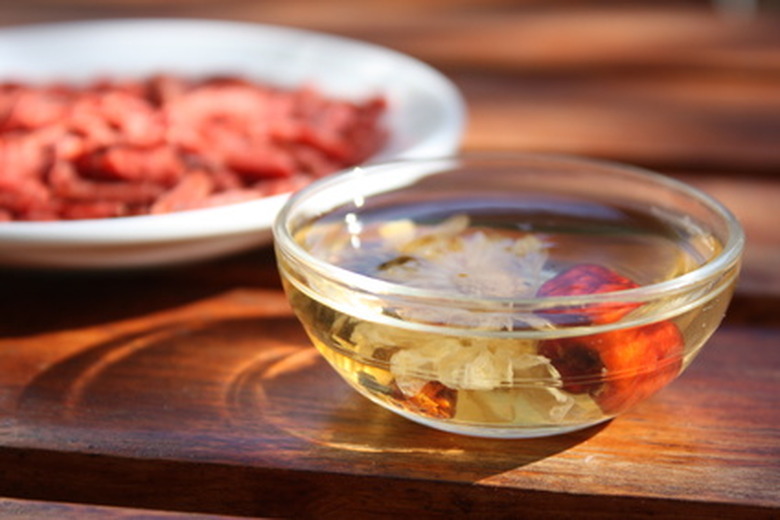Jujube Winter Care
Ziziphus jujuba is a deciduous tree with sharp, gnarled branches. The mature plant reaches to a height of 15 to 35 feet, says the United States Department of Agriculture. The plant produces a fruit that is delicious to eat fresh, dried or candied, and to produce the best fruit in the spring, the plant must receive the best winter care possible.
Fertilization
Stop applying fertilizer after August so the tree will properly enter dormancy. The jujube requires fertilization three times a year, says Just Fruits and Exotics: May and August, as well as in February to bring the tree out of dormancy.
Planting
Plant the jujube during the winter while it is dormant, says Urban Harvest. Most jujube plants at nurseries are ready for planting around this time. Be sure the hole is big enough for the entire root system. Water the plant well during the first few days unless there is rain.
- Ziziphus jujuba is a deciduous tree with sharp, gnarled branches.
- The jujube requires fertilization three times a year, says Just Fruits and Exotics: May and August, as well as in February to bring the tree out of dormancy.
Watering
Water the jujube tree during the winter months. The jujube requires at least seven gallons of water per week for the first several years of growth to become established. Water slowly once a week, allowing time for the plant to absorb the water. Calculate rainfall into the weekly watering.
Harvest
Harvest the jujube fruit throughout the year. Fruit comes of age on the tree at different times, so it is often necessary to continue harvesting right up to the beginning of winter. Remove all jujube fruit from the plant to prevent it from rotting, which will cause disease.
- Water the jujube tree during the winter months.
Winter Protection
Jujube trees are resistant to freezes and have a high cold tolerance. There is no need to wrap the branches; they are resistant to breaking, according to the USDA. A hard winter will increase the likelihood of a good fruit crop starting in the fourth or fifth year.
